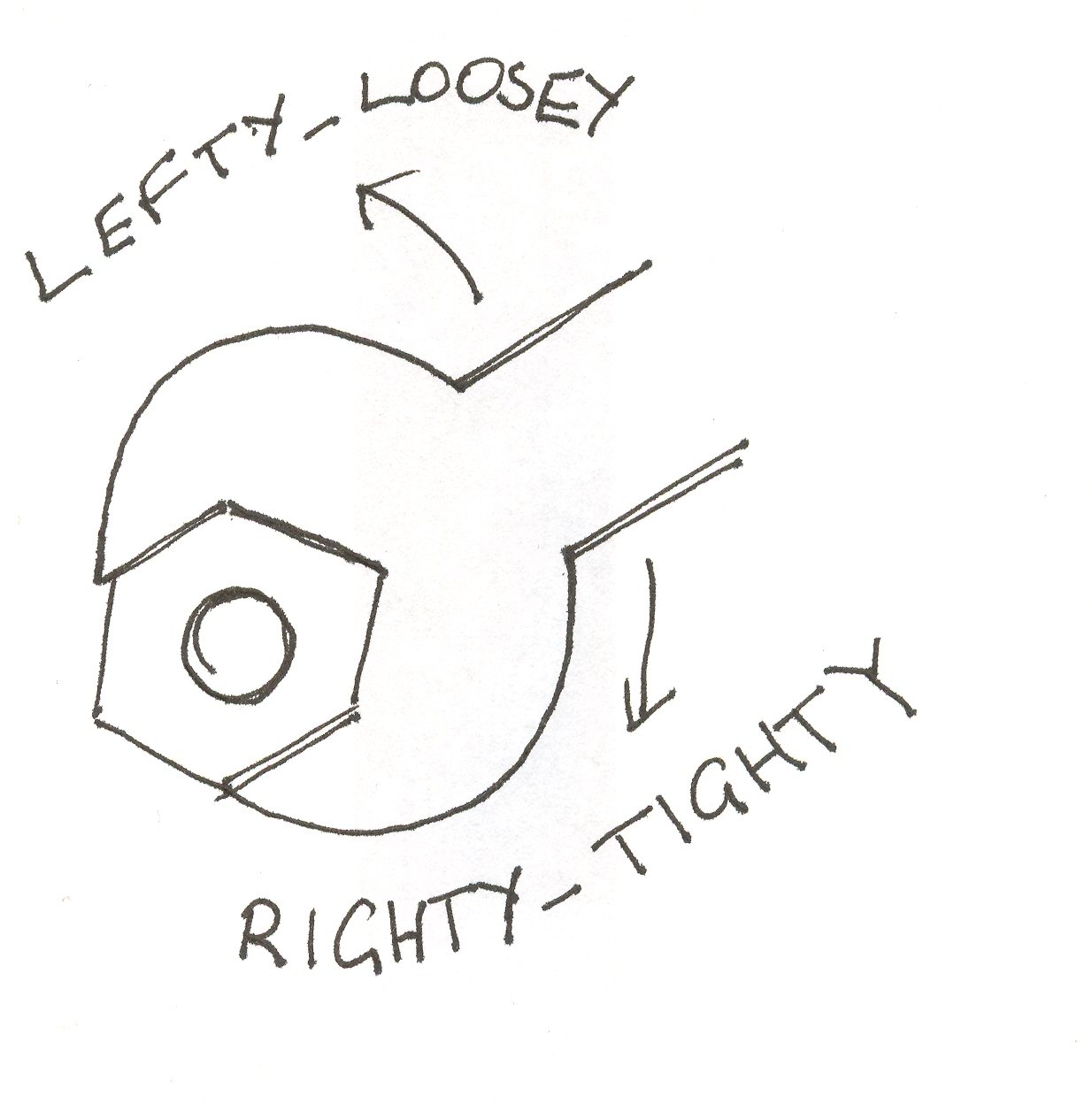this post was submitted on 13 Oct 2024
468 points (98.0% liked)
Asklemmy
43947 readers
534 users here now
A loosely moderated place to ask open-ended questions
If your post meets the following criteria, it's welcome here!
- Open-ended question
- Not offensive: at this point, we do not have the bandwidth to moderate overtly political discussions. Assume best intent and be excellent to each other.
- Not regarding using or support for Lemmy: context, see the list of support communities and tools for finding communities below
- Not ad nauseam inducing: please make sure it is a question that would be new to most members
- An actual topic of discussion
Looking for support?
Looking for a community?
- Lemmyverse: community search
- sub.rehab: maps old subreddits to fediverse options, marks official as such
- [email protected]: a community for finding communities
~Icon~ ~by~ ~@Double_[email protected]~
founded 5 years ago
MODERATORS
you are viewing a single comment's thread
view the rest of the comments
view the rest of the comments

In the plumbing sector, left-hand threads are used whenever two pipe ends need to be connected that cannot be rotated. The connector is then equipped with a left-hand and right-hand thread and can therefore easily be screwed between them.
So it's not just typical for Nordic countries, but depends on the application.
I could give you an example. In my kitchen we have a faucet with a detachable aerator. We detach it when we want to use a attachment for a garden hose. When attaching the aerator or the garden hose attachment, the threads are reversed. I might be wrong, but two opposing threads shouldn't be able to screw into one another right?